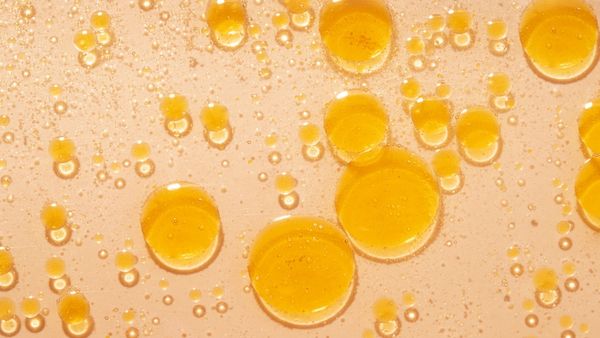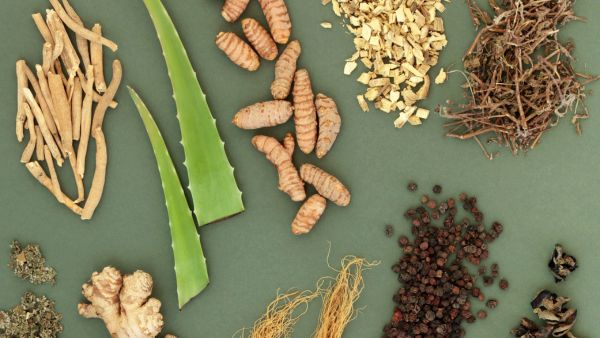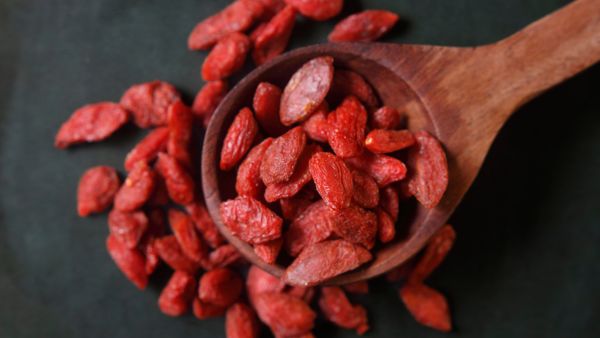Face Oil vs. Oil Serum: What's the Difference?
Recently a friend asked to explain the difference between a face oil, and an oil serum. “Aren’t they the same?” she asked.
The answer is, no.
The word ‘serum’ is widely used in skincare and means different things to different people. The confusion arises because serums can be gel based, water based, oil based, or an emulsion of both oil & water.
For our purposes, we will focus on oil-based serums vs face oils as these are the two that are most commonly mixed up.
So what’s the difference? Let’s clarify the confusion.
Understanding face oils and oil serums
Both face oils and oil based serums are prevalent in today’s skincare. This is because botanical oils quickly and easily penetrate into the top layer of the dermis and help strengthen skin barrier function providing instant moisturization and comfort to skin.
But there is one key difference between the two, and that difference lies ultimately in visible results you get from using one versus the other. Let's dive in.
Face oils
Face oils are made of general purpose carrier oils that moisturize the skin by reinforcing its barrier. This makes them ideal for basic, daily hydration. Many face oils are single ingredient oils, like apricot kernel or jojoba oil, with no additional ingredients. While a few may include a modest percentage of high-performance oils, they generally lack the targeted botanical actives found in a facial serum.
In a nutshell, face oils are:
- Made predominantly with carrier oils like almond, apricot, jojoba, or macerated oils (carrot, marigold, comfrey).
- Include few, if any, aromaceutical ingredients like essential oils.
- Contain no biologically active compounds aside from tocopherol (vitamin E) as an antioxidant.
- Provide basic daily skin moisturizing.
Serums
Oil serums, on the other hand, are used as concentrated restorative and revitalizing treatments that deliver visible results.
They contain high-performance biologically active compounds, precious oils, antioxidants, and aromaceuticals. These specialized ingredients not only moisturize and support skin barrier health, they also include restorative essential fatty acids and other phytonutrients that can be metabolized by the skin.
High performance seed oils like sea buckthorn oil, rosehip seed oil, moringa, camellia seed oil, and dry oils like meadowfoam are prevalent in serums for their deep-penetrating and fast-absorbing qualities.
Unlike face oils, facial serums target specific concerns like wrinkles, hyperpigmentation, or enlarged pores by using active ingredients that offer visible benefits beyond hydration.
In summary, facial serums:
- Target specific concerns like; spots, fine lines, reactive skin, acne-prone skin, flaky skin, and more.
- Have marked effects on improving the appearance of skin.
- Absorb quickly and penetrate deeply into the skin.
- Are made with high performance botanical oils like sea buckthorn oil, rosehip seed oil, moringa oil, camellia seed oil, and dry oils like meadowfoam.
- Contain concentrated amounts of antioxidants (polyphenols) like flavanals, flavones, and resveratrol, to name a few.
- Contain biologically active compounds.
- Are rich in essential fatty acids, Omegas 3,6,7, and 9.
- Some even Iinclude mood-boosting aromaceuticals like precious essential oils from rose, neroli, and other rare flower essences.
Anatomy of an oil serum
A facial serum like our Alpine Phytonutrient Serum is crafted to smooth fine lines, restoring vibrancy and radiance to depleted skin. It also contains aromatic compounds that uplift mood and boost relaxation. Results are immediately visibible and long lasting.
Key ingredients and their benefits
The Alpine Phytonutrient Serum is a testament to the efficacy of meticulously selected ingredients.
This serum features:
- Arnica Montana: Known These blooms target puffiness and dark spots.
- High Altitude Sea Buckthorn and Rosehip: These ingredients are rich in antioxidants and essential fatty acids that help restore skin luminosity and tone.
- Nepalese Goji and Acai: promote hydrophilic skin plumping and minimize the appearance of fine lines.
How to use an oil serum
To integrate oil serums into your skincare regime, start with a clean base. For serums like The Alpine, apply one pump or 2-3 drops directly to the face and neck, massaging gently until absorbed.
Serums can be layered under a moisturizer or sunscreen for daytime use or under a richer cream at night for enhanced benefits.
Why choose TellurideGlow serums?
Our serums are a blend of nature’s best ingredients tailored to nurture and revitalize your skin. They stand out due to their:
- High Concentration of Active Ingredients: Delivering targeted solutions to enhance your skin’s health.
- Rapid Absorption: Ensuring that potent ingredients penetrate deeply without leaving a greasy residue.
- Versatility: Suitable for use in any skincare routine, whether morning or night.
Choosing between a face oil and a serum doesn’t have to be an either/or decision. Depending on your skin’s needs, incorporating both into your skincare routine can provide comprehensive benefits.
With TellurideGlow’s carefully formulated products, empower your skincare routine with the best of nature and science.
Continue reading


